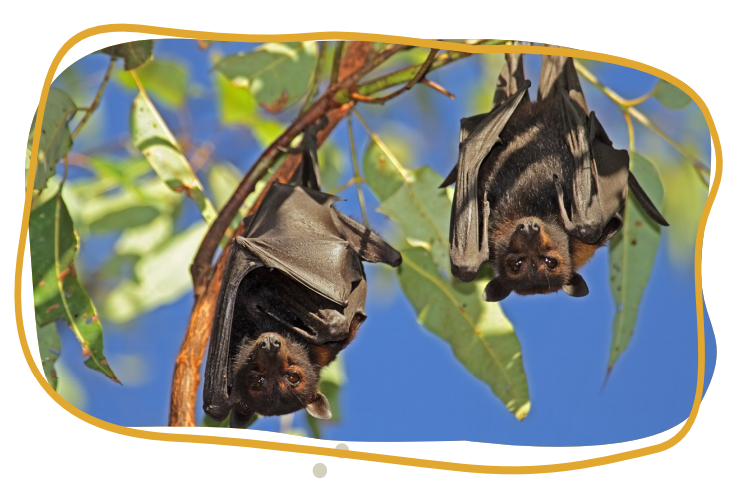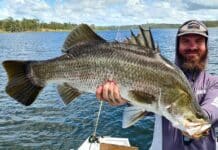
Queensland Health has issued a bat warning as six Wide Bay people required treatment after being scratched or bitten in the past three weeks.
All bats are potential carriers of Australian Bat Lyssavirus (ABLV) and any bite or scratch from a bat poses a risk of infection, which is why only trained and vaccinated professionals should handle them.
Drought conditions and recent bushfires across the state have impacted on the habitats and food sources of bats, meaning injured, sick or dead bats will be more common.
Wide Bay Public Health Physician Dr Margaret Young said in two of the recent cases requiring treatment, people picked up what they believed was a dead bat.
“It can be difficult to determine if a bat is dead – and even if they’re dead they still pose an infection risk to humans – particularly due to their wing claw,” Dr Young said.
“In two of our recent cases of bat injuries, the people who handled them thought the bat was dead and harmless, but in one case the bat wasn’t dead and in the other case the person was scratched by the wing claw.”
Dr Young said wing claw injuries could occur if people:
- Kicked a dead bat
- Picked up a dead bat to toss it in a bin or into bushes
- Put the bat in a bag then brush the bag against their leg.
“These injuries are a timely reminder that the best protection against being exposed to ABLV is for members of the public to always avoid handling any bat,” she said.
Anyone who comes across an injured or possibly dead bat should contact a bat care organisation or call RSPCA1300 ANIMAL (1300 264625).
If the bat is visibly decaying and there is no doubt it is dead, then it can be removed using a no-touch technique such as tongs or a shovel, but people need to still be wary of the risks associated with the wing claw and it’s best to call a professional.
“If you’re somehow bitten, scratched, had your skin nibbled or had your mucous membranes or broken skin exposed to bat saliva, then you should always seek immediate medical assessment,” Dr Young said.
“This applies even to minor scratches or abrasions from a bat, with or without bleeding, and even if you were previously vaccinated against rabies.
“As well as seeking immediate medical help, it’s also vital to clean the wound to reduce your risk by immediately washing the wound thoroughly with soap and water for at least five minutes, but never scrub the wound.
“If available, an antiseptic with anti-virus action such as those containing iodine or alcohol should be applied after washing.”
Anyone who requires more information should contact their local doctor or nearest public health unit, or the 13HEALTH information line (13 432584).
Facts about Australian Bat Lyssavirus
Australian Bat Lyssavirus (ABVL) is a rabies-like virus carried by bats. ABLV can be spread to humans by the saliva of infected bats. This occurs when the bat saliva comes in contact with human mucous membranes (eyes, inside the nose or mouth) or broken skin, or through bat bites or scratches.
ABLV infection in humans is rare; there have only been three cases in Australia that occurred in 1996, 1998 and 2013. In all three cases, the infected person died.
Anyone who has been bitten or scratched by a bat will require a series of injections to prevent ABLV infection, regardless of how long ago the bite or scratch occurred. People previously vaccinated against rabies still require a shorter series of injections. Appropriate vaccination after exposure prevents development of ABLV disease.
There is no evidence of ABVL being transmitted to humans from an animal other than a bat.
The use of rainwater tanks for household use is an established and relatively common practice in Australia, particularly in rural and remote areas. ABLV cannot be contracted from drinking or using water from rainwater tanks that is contaminated with bat urine or faeces. However taking precautions to protect the tank water from any contamination is recommended.
Queensland Health has fact sheets available on the internet regarding Bats and Human Health, ABLV and the use of rainwater tanks.
- Other news: Wildlife carer Christine our resident batwoman







